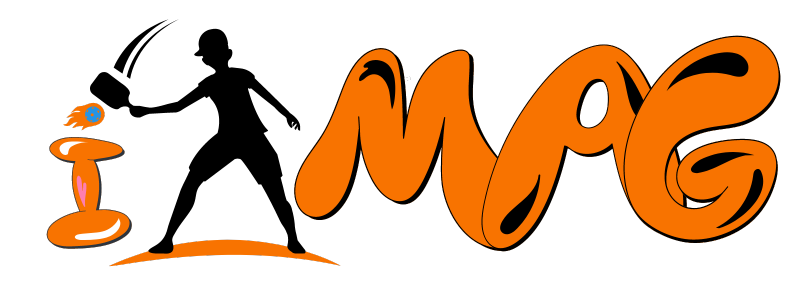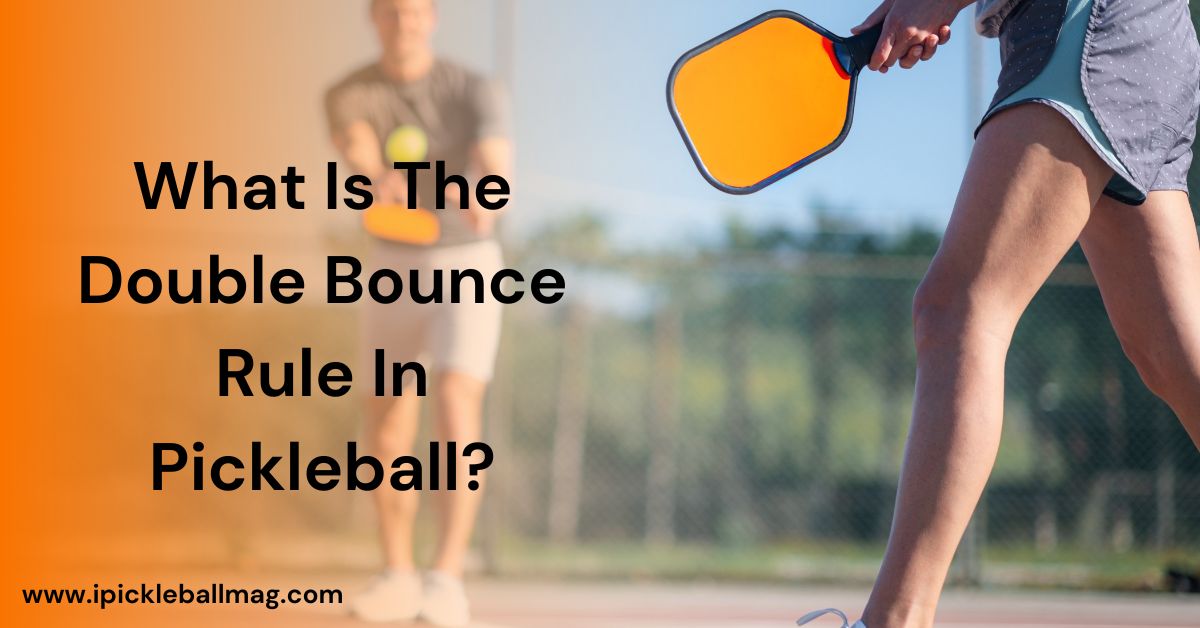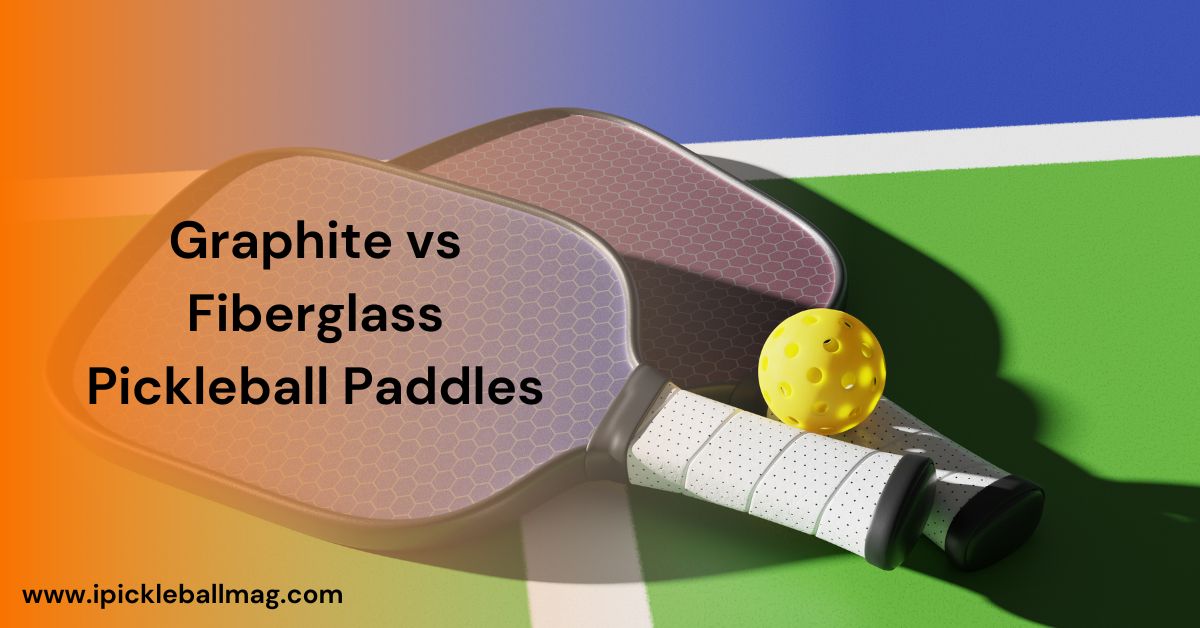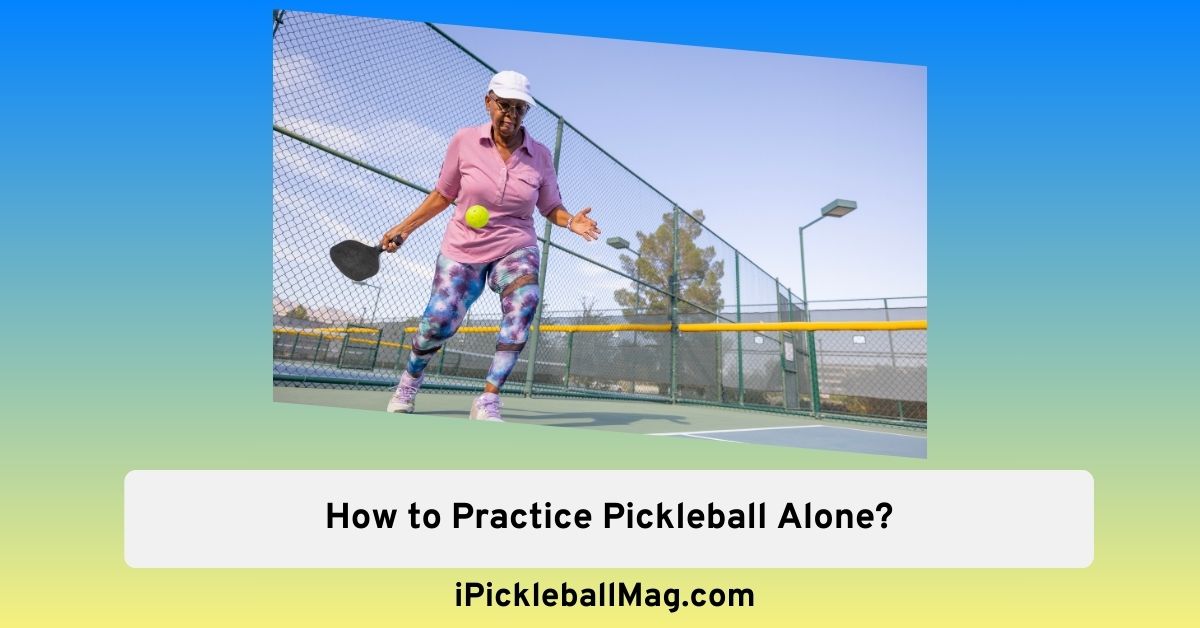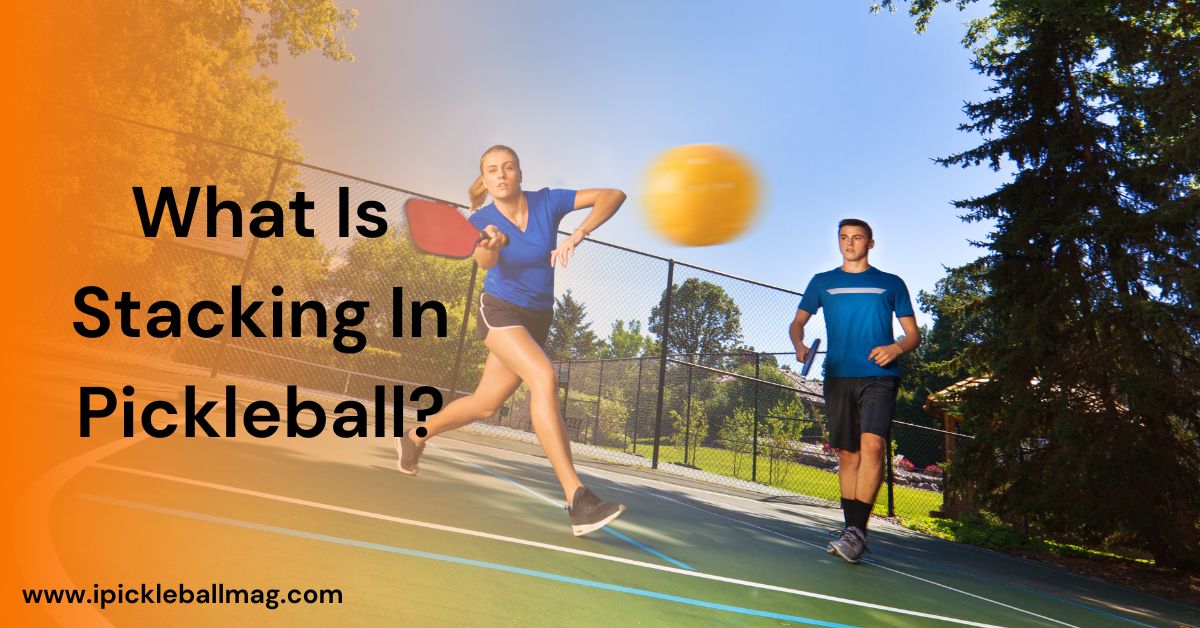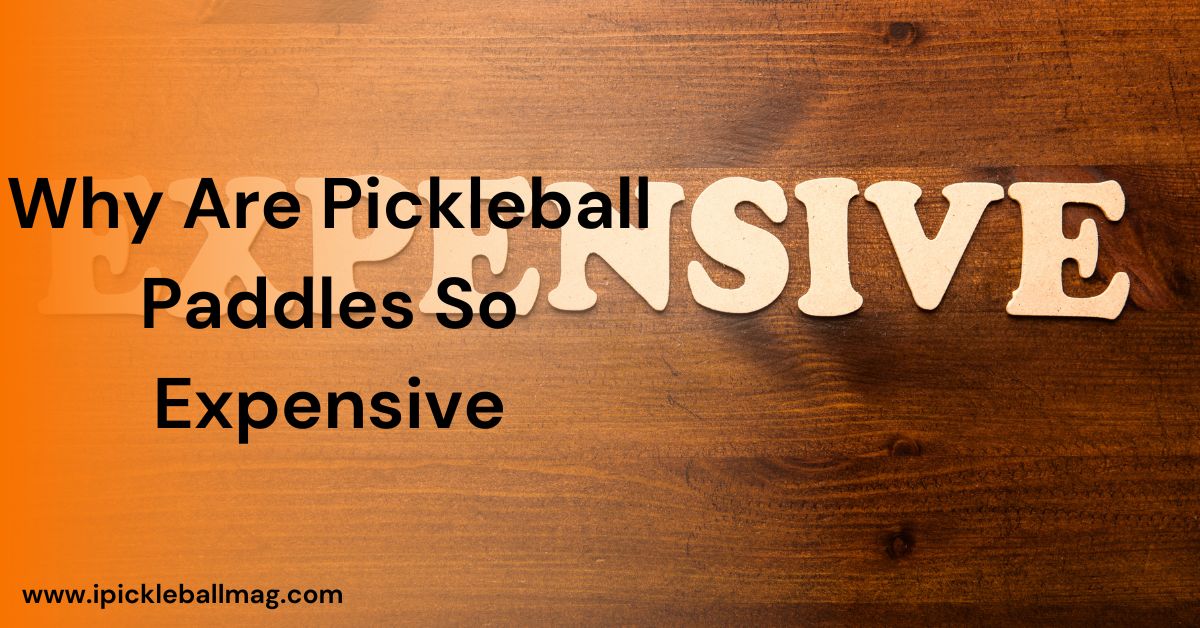Pickleball vs Racquetball – Detailed Explanation
Many players find themselves confused when trying to understand the differences between Pickleball and Racquetball. Although the sports can seem quite similar at first glance, there are some important differences between them.
Pickleball and racquetball have several differences, such as:
- In Pickleball, smaller paddles made from composite or wood are used, while in racquetball, larger racquets with thicker grips are used.
- Pickleball balls are made up of light plastic with holes, and racquetball balls are made of heavier rubber with ridges.
- Pickleball is mostly played outdoors and has a net, whereas racquetball is played indoors within four walls.
- Scoring in pickleball involves three numbers, and points are scored only when serving, unlike racquetball, which has two numbers and allows points to both the server and the returner.
Well, that was a short introduction to pickleball versus racquetball. For more detail, keep reading the blog, in which I will explain the differences between both sports, their history, health benefits, and much more.
Pickleball vs Racquetball – How Are They Different?
There are many differences between pickleball and racquetball, Such as:
Paddles
Some key differences exist between the paddles used for pickleball and the racquets used for racquetball. Most noticeably, the size is very different – pickleball paddles are much smaller than racquetball racquets.
Pickleball paddles typically max out at around 17 inches long, while racquetball racquets can reach over twice that at 22 inches. The smaller size of the pickleball paddle gives you more finesse and control, making it easier to return wiffle balls precisely.
Paddles for pickleball are made from composite materials or wood, whereas racquetball racquets can be made from any material.
Racquetball racquets have thicker grips that fit more comfortably in two hands. Pickleball paddles are made to be handled in just one hand.
In summary, Racquetball racquets are large, and pickleball paddles are small.
Balls
The racquetball is quite a bit heavier since it’s made of rubber. It’s nearly twice as heavy as a pickleball. Racquetball balls are also textured with ridges, so they get tons of spin.
Meanwhile, pickleballs are lightweight plastic with holes to reduce wind resistance. Pickleballs are smooth plastic, so they slide around more.
Courts
A pickleball court is generally outdoors and measures 44 feet long by 20 feet wide. That’s a decent size but still much more compact than other sports. Racquetball courts, on the other hand, are always indoors. They are 40 feet long and 20 feet wide. (Below Picture is of a Pickleball court)
The net is also placed differently. The net runs across the middle in pickleball and is 36 inches tall on each side. In racquetball, there is no net – instead, four walls form the boundaries of play. The ball needs to hit the front wall before the ground to remain in.
Pickleball courts are usually hard, so the ball zips around. Racquetball courts have a softer feel with surfaces like carpet or clay. This affects how the balls bounce differently. (Below Picture is of a Racquetball court)
Scoring
Pickleball uses a three-number scoring system because it’s usually played doubles. The first number is the score of the serving team, the second is the other team, and the last shows whose turn it is to serve 1 or 2.
In racquetball, it’s just the two numbers since they’re singles. No need for that extra number like in doubles. Your score is shown first if you’re serving.
Another big difference is how you earn points. You can only score in pickleball when it’s your turn to serve. But in racquetball, Any player can score a point during a rally after the serve.
As for winning, most players play to 11 in pickleball, but 15 is common in racquetball. And remember, in pickleball, you gotta win by two, while racquetball can be a one-point win.
Footwear
For pickleball, you’ll want tennis shoes or court shoes. Something with good support and grip since you’re doing a lot of side-to-side moving out there. The shoes also need to last since pickleball is usually played outside. Tennis shoes tend to hold up better in the long run.
Racquetball is played indoors, so you need durable shoes, ankle support, and traction. Indoor shoes are best for this type. They’re lighter than tennis shoes. The soles also stick better on slippery surfaces. Another thing is that racquetball shoes may have a softer sole for bouncing on hard floors.
The Serve
In pickleball, serves must be underhand below the waist. This makes returns easier for beginning players. Racquetball allows both underhand and overhand serves.
Bounce Rule
The ball has to bounce in pickleball before any volleys can be made. In racquetball – you can volley the ball right off the return.
To Check the official rules for racquetball and pickleball, check out their Official website:
Non-Volley Zone
There is a 7-foot line across the middle of the court called the non-volley zone, or kitchen. You can’t volley the ball if you’re standing in the kitchen. Racquetball has no such rule – you can volley from anywhere on your side of the court.
Health Benefits of Pickleball and Racquetball
There are many benefits to playing pickleball and racquetball.
Pickleball Health Benefits
With pickleball, you’ll get a full-body cardio workout without much stress on your body. Studies show pickleball players burn over 40% more calories than walking simultaneously. It’s also been shown to lower blood pressure and improve cholesterol levels.
The best part is that pickleball is accessible for all fitness levels and ages. Since it’s low-impact, even beginners can enjoy the fun while staying active. And because it’s a social sport, meeting new people and making friends as you play is easy.
Some players even say their friendships on the court have improved their mental health and life satisfaction.
Racquetball Health Benefits
Racquetball is another great option whether you play alone or competitively against others. You’ll be active the whole time you play, using all your major muscle groups.
This means racquetball tones and strengthens your whole body – from your legs from all the running to your arms and core from returning shots.
It also increases your heart rate, like running, so it’s also great for your heart health.
Both pickleball and racquetball offer low-impact, full-body workouts that help you feel physically and mentally better.
The History of Racquetball & Pickleball
Let’s explore them:
Pickleball History
Pickleball was invented in 1965 on Bainbridge Island, Washington, USA. It was created by a group of fathers looking for a game the entire family could enjoy together. The dads combined elements from badminton, tennis, and ping pong to develop pickleball.
They lowered the net and used a plastic ball with holes and wooden paddles to slow down the game. For many years, pickleball was primarily played in backyards on homemade courts. By the 1970s, permanent pickleball courts began to appear as the sport gained popularity.
Leagues and tournaments started forming in the USA and Canada. Today, over 5 million North Americans play pickleball, and the sport continues to grow.
Racquetball History
Racquetball, a fast-paced sport, was created in the United States in the 1940s by Joseph Sobek. He combined elements of handball and squash to develop this exciting game. Sobek designed the first racquetball court and established the rules for play.
Unlike most racquet sports, racquetball doesn’t have a net or an out-of-bounds area, and its walls, floor, and ceiling are all legal playing surfaces.
Should You Play Pickleball or Racquetball?
Both are great options for getting an overall workout in a fun, social way. The court is smaller with pickleball, so it’s easier to learn the basics than racquetball. That lower learning curve makes it accessible for all fitness levels.
They are both incredibly fun and social. You’ll be moving the whole time and meeting new friends to play with. I’d suggest starting with pickleball to lower the learning curve between the two.
Regarding calorie burn, recent studies show that a pickleball burns about 40% more calories than walking in the same period. But racquetball works your whole body like crazy with all the changing directions and quick movements.
Frequently Asked Questions
Players frequently ask the following questions.
Can I Play Racquetball Alone?
Yes, you can play racquetball alone by practicing against a wall. You need to use a ball that bounces predictably off the wall to be able to return shots.
Why Isn’t Racquetball Popular Anymore?
Racquetball is not as popular anymore because newer racket sports like pickleball have become trendier alternatives that are easier for beginners to pick up.
Can You Use A Racquetball Racket For Pickleball?
While a racquetball racket’s size, weight, and string tension make it suitable for pickleball, most dedicated pickleball players prefer to use paddles designed specifically for that sport.
A racquetball racket would work in the short term, but a pickleball paddle may provide better control for placement shots and dinks.
Final Words
Both pickleball and racquetball are excellent options for fun physical activity and socializing. While they have some similarities, such as indoor or outdoor games using paddles or racquets, pickleball, and racquetball, each has its distinct characteristics.
With its smaller court size and slower pace, Pickleball is generally easier for beginners. However, racquetball challenges players more with four enclosed walls and faster gameplay.
Both sports also offer competitive opportunities for those seeking matches. Ultimately, the best approach is to try both to see which feels most comfortable and engaging.
The most important thing is finding an enjoyable game that keeps you physically and socially active in the long run.
Hopefully, this guide answers your question on Pickleball vs Racquetball.
Enjoy your Game!!
